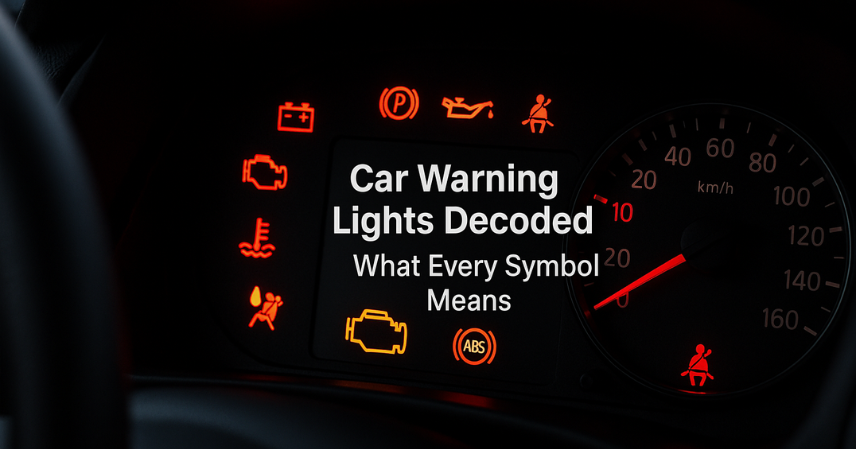Modern vehicles are equipped with a variety of car warning lights designed to keep you informed about your car’s health and safety. These dashboard symbols can sometimes be confusing, especially if you’re unfamiliar with what each light means. In this comprehensive 2025 guide, we decode the most common car warning lights, helping you drive smarter and safer.
Why Car Warning Lights Matter
Car warning lights are part of your vehicle’s onboard diagnostics system. They alert you to potential issues before they become serious problems. Ignoring them could lead to reduced performance, costly repairs, or even accidents. Understanding what each warning light means is essential for vehicle maintenance and road safety.
Categories of Car Dashboard Warning Lights
Car warning lights typically fall into three categories:
-
- Red Lights: Indicate serious issues or safety warnings that require immediate attention.
-
- Yellow/Amber Lights: Signal caution; you should address the issue soon.
-
- Green/Blue Lights: Informational or system status indicators (e.g., high beams on).
Top 15 Car Warning Lights and What They Mean
-
- Check Engine Light (Amber/Yellow)
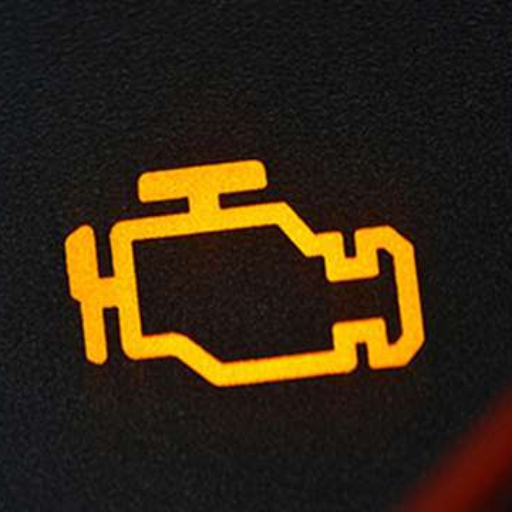
This light signals a problem with your engine or emissions system. It can range from a loose fuel cap to a failed catalytic converter. Ignoring it could reduce fuel economy or increase emissions. If it’s flashing, pull over and call for assistance.
-
- Oil Pressure Warning (Red)
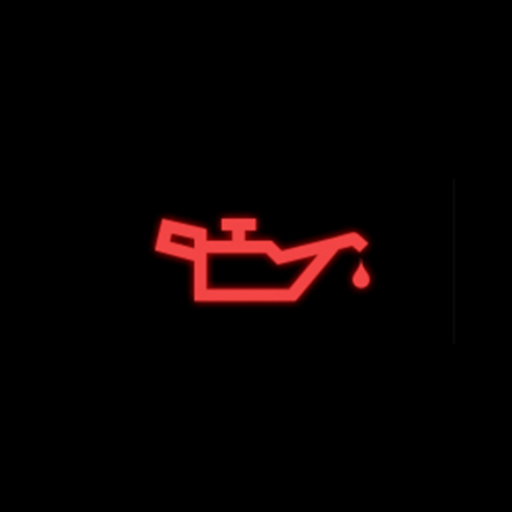
This alert means your engine oil pressure is dangerously low. Pull over immediately, turn off the engine, and check the oil level. Driving with low oil can cause irreversible engine damage.
-
- Battery Alert (Red)
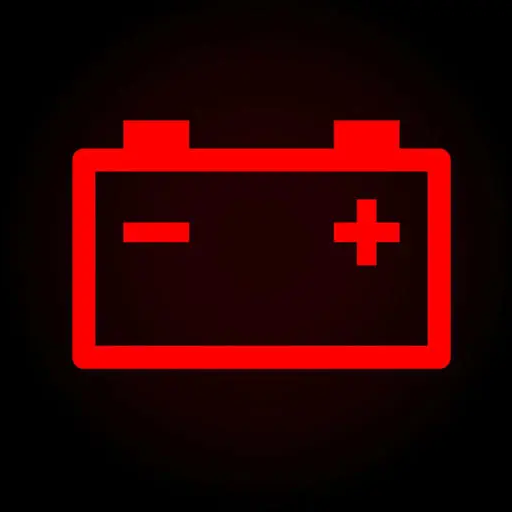
Indicates a fault in the charging system. Possible causes include a dead battery, failing alternator, or corroded cables. You may notice dim lights or slow cranking before the battery completely fails.
-
- Brake System Warning (Red)
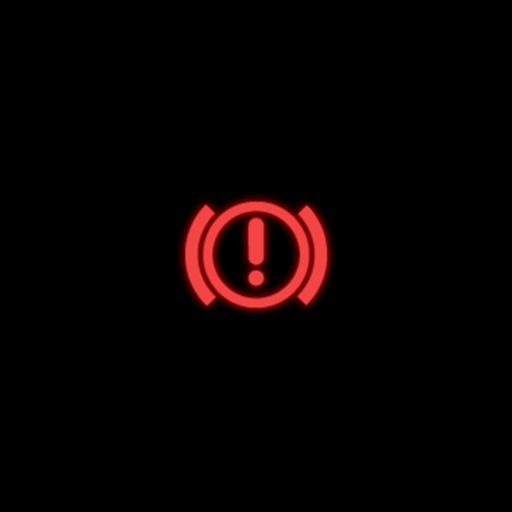
Signals serious brake issues such as low fluid, worn pads, or a system malfunction. If this light appears along with a soft brake pedal or strange noises, stop driving and seek immediate service.
-
- ABS Warning Light (Amber)
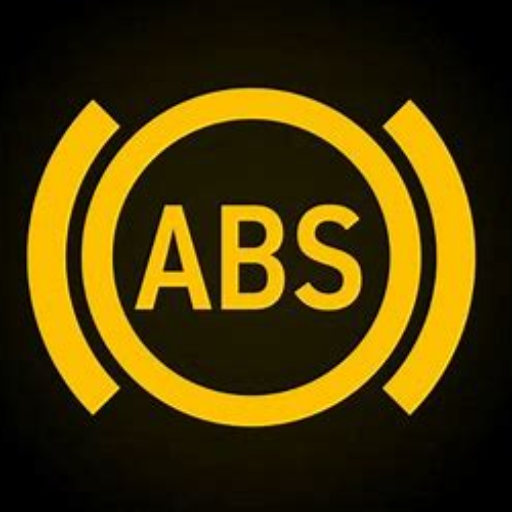
Your anti-lock braking system isn’t functioning properly. The car will still brake, but it may skid in emergency stops. Drive cautiously and get it inspected.
-
- Coolant Temperature Warning (Red)
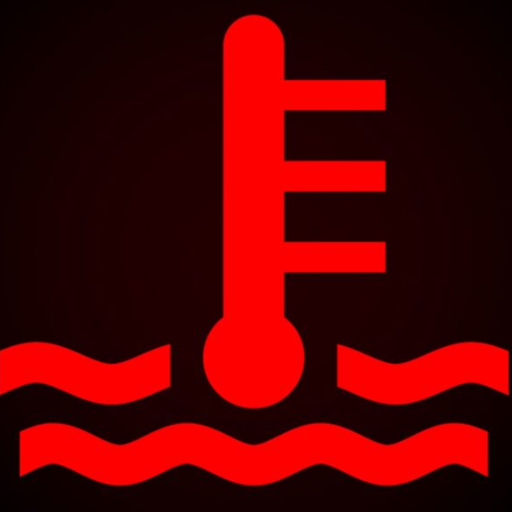
Your engine is overheating, often due to low coolant, radiator issues, or a stuck thermostat. Stop and let the engine cool. Continuing to drive can warp engine components.
-
- Tire Pressure Monitoring System (TPMS) Light (Amber)
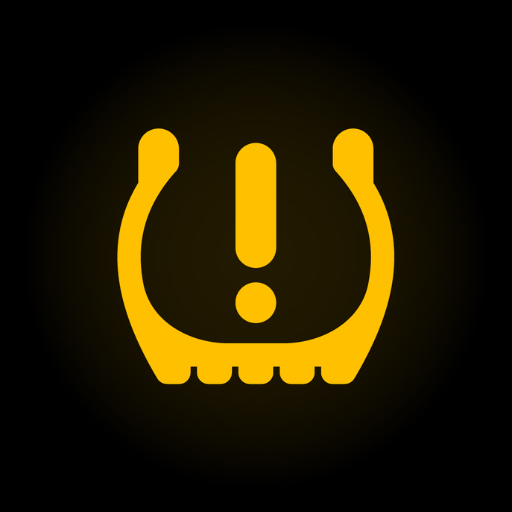
One or more tires are under-inflated. Driving on low tire pressure affects fuel economy, tire lifespan, and safety. Check pressure and inflate according to the manual.
-
- Airbag Warning Light (Red)

There’s a malfunction in the airbag system. It may not deploy during a crash, putting you at greater risk. Get it checked by a certified technician.
-
- Traction Control Light (Amber)

Indicates your traction control system is active or has a fault. It helps manage wheel spin in slippery conditions. If the light stays on, the system may need repair.
-
- Engine Temperature Warning Light (Red)
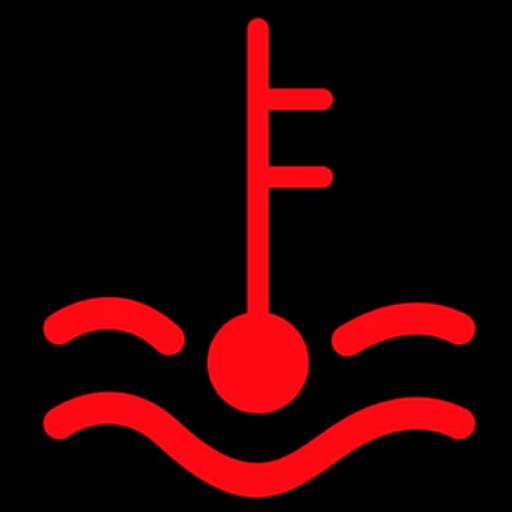
Similar to the coolant warning, this light means your engine is too hot. Pull over, shut off the engine, and investigate cooling issues like radiator leaks or fan failure.
-
- Fuel Indicator Light (Amber)
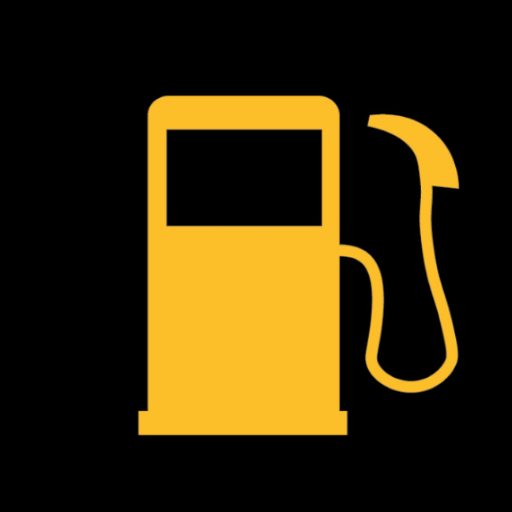
You’re running low on fuel. Most cars have a reserve of 30-50 km once this light appears. Refill soon to avoid damaging the fuel pump.
-
- Door Ajar Warning (Red)
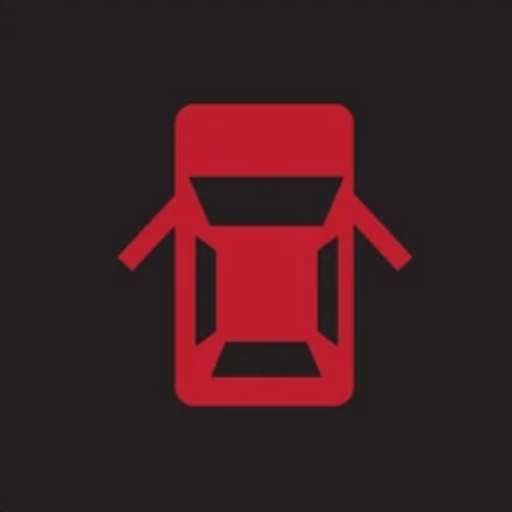
One or more doors, the trunk, or the hood are not properly closed. This compromises safety and could trigger the alarm system
-
- Seat Belt Reminder (Red)
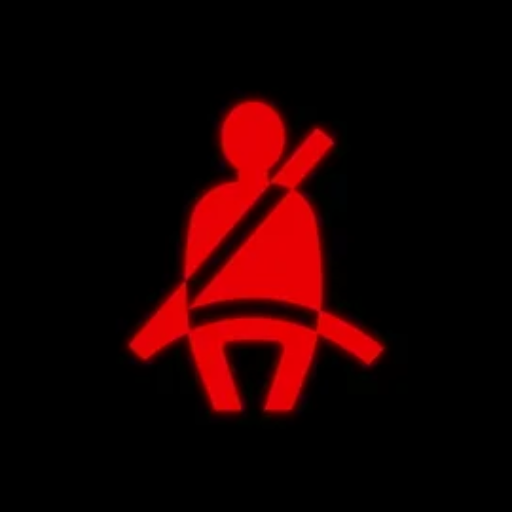
Reminds occupants to fasten seat belts. The chime usually accompanies it and stops once all belts are secure.
-
- High Beam Indicator (Blue)

Indicates your high beams are on. Use only on dark roads without oncoming traffic to avoid blinding other drivers.
-
- ESC (Electronic Stability Control) Indicator (Amber)
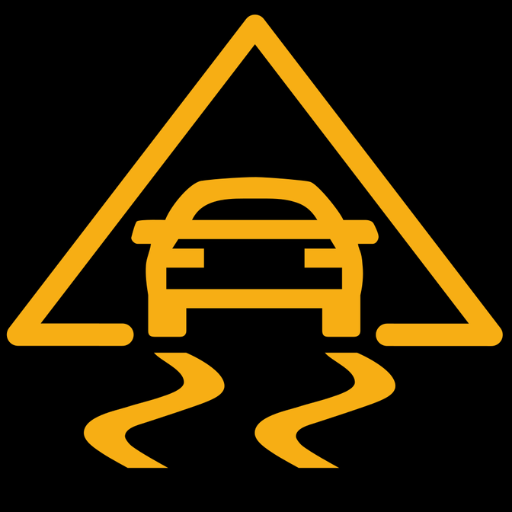
This system helps maintain traction and vehicle stability. If the light stays on, your ESC may be deactivated due to a malfunction.
What To Do When a Warning Light Comes On
Don’t Panic: Take a moment to assess the situation.
Refer to the Manual: Your vehicle’s manual can provide quick insights.
Visit a Mechanic: For persistent or red warnings, consult a professional.
Use OBD-II Scanners: These can help diagnose engine-related warnings.
Tips for Avoiding Warning Light Surprises
-
- Regular maintenance and servicing
-
- Timely oil changes and fluid top-ups
-
- Monitoring tire pressure regularly
-
- Not ignoring minor symptoms like engine noise or brake squeaks
Why This Matters More in 2025
With vehicles becoming smarter and more complex, understanding dashboard symbols has never been more important. As electric vehicles and ADAS systems become mainstream, your dashboard may show more indicators than ever before.
Final Thoughts
Dashboard warning lights are your car’s first line of communication. Learning what they mean and how to respond ensures better safety, saves money, and prolongs your vehicle’s life. If you’re unsure, it’s always better to err on the side of caution and get your car checked.
Frequently Asked Questions (FAQ)
Q1: What are the most important car warning lights to know?
Red lights like oil pressure, engine temperature, and brake system warnings are the most critical.
Q2: Can I still drive with the check engine light on?
It depends on the severity. A flashing light means a serious issue—stop driving immediately.
Q3: Why do some warning lights come on briefly when I start the car?
That’s normal; it’s a system check. They should turn off within a few seconds.
Q4: Are car warning lights different in EVs?
Yes. EVs may have unique indicators like battery health, electric motor faults, and charging issues.
Q5: How can I reset warning lights?
Some can be reset with an OBD-II scanner. But it’s best to resolve the issue before resetting any light.

